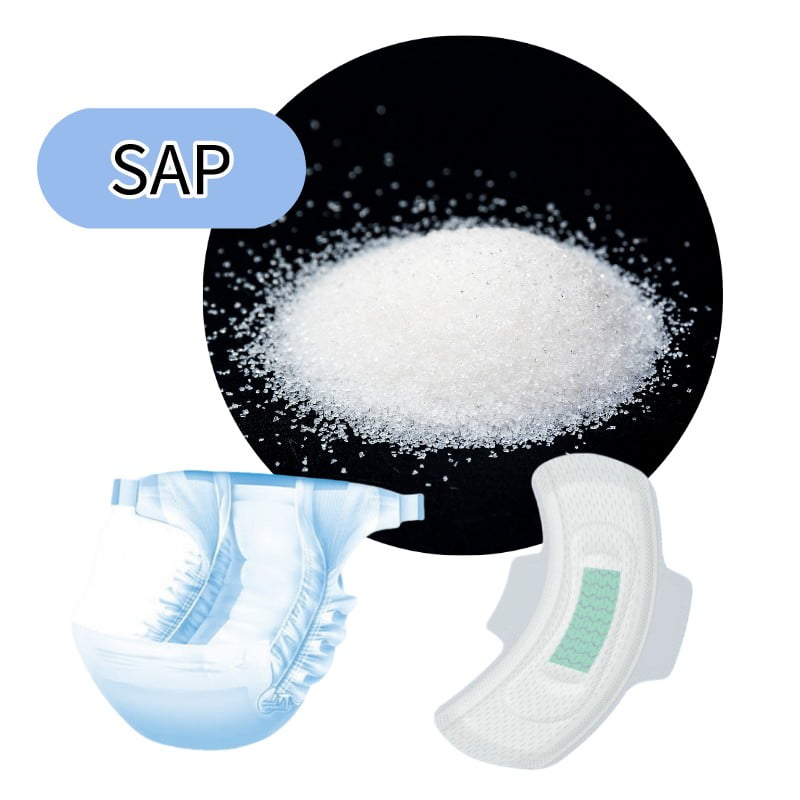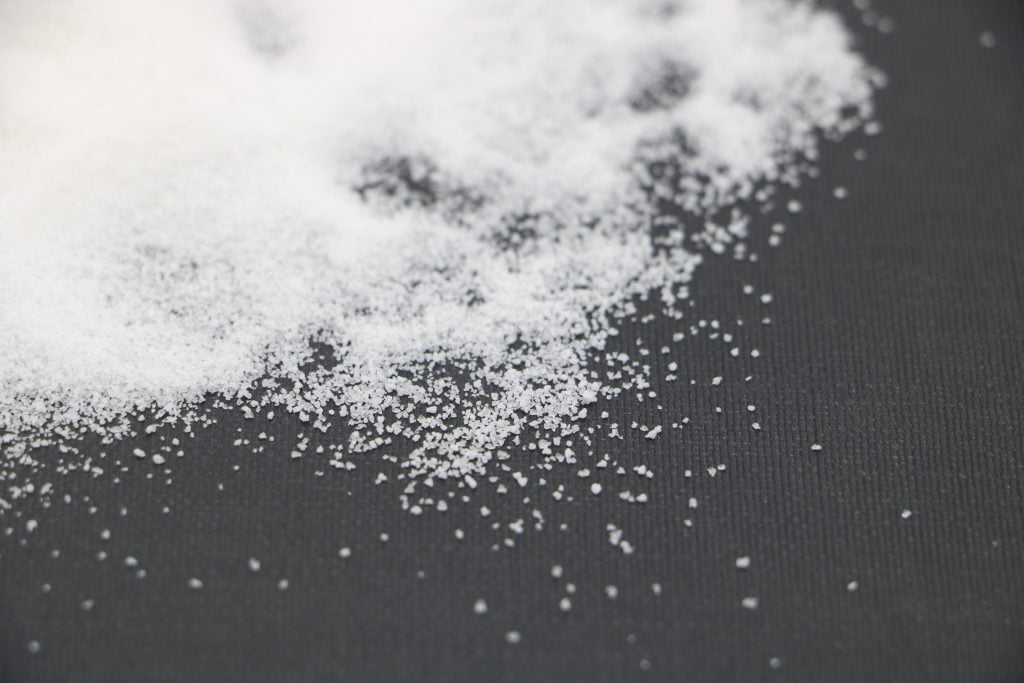Baby diapers are one of the most practical and greatest inventions in modern society. Its invention not only reduces the mother’s childcare burden, but also can absorb urine to the maximum extent without affecting the baby’s free movement. Compared with diapers, paper diapers have the advantages of convenience, quickness, cleanliness and comfort. The most important point is that diapers can absorb a lot of urine, which can not only keep the baby’s skin dry, but also liberate the time of parents. Although diapers have been widely used, do you know why they can keep dry after absorbing a lot of urine?
To understand this mystery, you need to start with understanding the structure of diapers.
From the cross-section, the diapers are divided into four layers
Diapers are generally divided into four parts: absorbent main body, waist circumference, buckle stickers and leak-proof protection. The absorbent body of diapers generally consists of a surface layer, a conductive layer, a SAP absorbent core layer and a bottom layer.
The surface layer of diapers is made of non-woven fabric, which is in direct contact with the baby’s buttocks, and is the first layer to receive and penetrate urine; the main function of the diversion layer is to guide the urine permeated from the surface along the longitudinal direction of the diaper And diffuse, so that the urine is evenly absorbed by the absorbent core, avoiding the local thickening of the diaper due to several times of liquid absorption, which hinders the subsequent urine from being absorbed by the absorbent core and causing rewetting; the SAP absorbent core layer is the final absorption and The layer for storing urine is mainly composed of SAP (Super Absorbent Polymer Resin) and fluff pulp, which can absorb a large amount of urine; the bottom layer is generally made of PE material. The main function is to effectively prevent leakage and prevent urine from seeping out. Wet sheets.
The SAP absorbent core layer is the core layer
From a structural point of view, the layer mainly responsible for absorbing urine is the SAP absorbent core layer, referred to as the absorbent layer. This layer is uniformly mixed with SAP and fluff pulp.

What is SAP?
SAP (SuperAbsorbent Polymer), the chemical name is sodium polyacrylate, is a super-strong polymer absorbent resin, commonly known as water-absorbing beads, with a diameter of only 0.2mm, which can absorb water hundreds to thousands of times its own weight without leakage. Because of the advantages of high absorption rate, large liquid absorption, good liquid retention, safety, non-toxicity and light weight, it is widely used in baby diapers, women’s sanitary napkins and adult incontinence pads. SAP’s largest and most demanding application area is baby diapers.
How does SAP absorb water?
The reason why SAP has super water absorption capacity is that it is a low cross-linking or partially crystalline polymer with many hydrophilic groups.
Professor Walter Becker, Department of Chemistry, Niederrhein University of Applied Sciences, introduced that before the new SAP absorbs water, the polymer chains are entangled with each other and cross-linked to form a network structure, so as to achieve overall fastening. When in contact with water, water molecules penetrate into the resin through capillary action and diffusion, and the ionized groups on the chain are ionized in the water, and the polymer chain is stretched and swelled due to the electrostatic repulsion between the same ions on the chain. Therefore, water molecules are easily attracted to its molecules and squeezed between the molecules, so that the SAP particles expand and merge into one.
Due to the requirements of electrical neutrality, counter ions cannot migrate to the outside of the resin, so SAP itself is insoluble in water but can absorb water up to hundreds to thousands of times its own weight without leakage.

